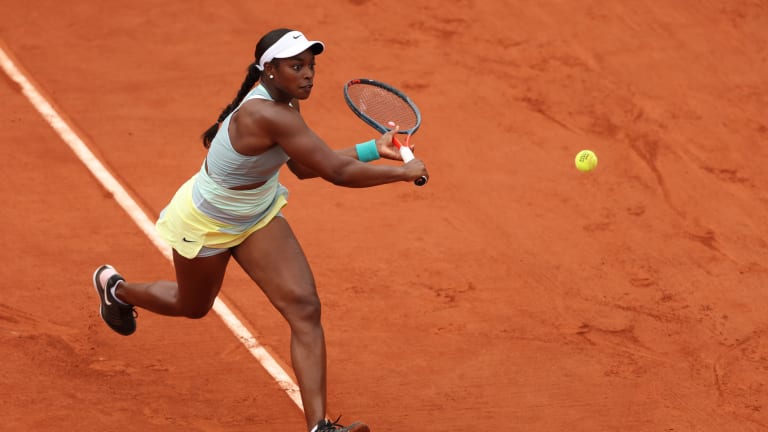Instruction
Mission Transition: how to bring your game from baseline to net
card-sponsor-pre Jun 14, 2022Instruction
Court of Appeals: Water Break
card-sponsor-pre May 20, 2023Instruction
Toni Nadal: With improved backhand, Casper Ruud "can be No. 1"
card-sponsor-pre Nov 21, 2022Instruction
Quick Tip: Add a rocking motion to the start of your serve
card-sponsor-pre Nov 16, 2022Instruction
Tennis Channel Academy: Rectifying Road Rage
card-sponsor-pre Oct 13, 2022Instruction
Tennis Channel Academy: Is the Lesson Model Broken?
card-sponsor-pre Oct 12, 2022Instruction
Breaking The Rules: Time to abandon the net touch?
card-sponsor-pre Oct 11, 2022Instruction
Mission Transition: How to bring your game from baseline to net (Part 3 of 3)
card-sponsor-pre Oct 03, 2022Instruction
Mission Transition: How to bring your game from baseline to net (Part 2 of 3)
card-sponsor-pre Oct 03, 2022Instruction
What can be applied from Carlos Alcaraz, Casper Ruud to your game? How to enjoy the competitive process
card-sponsor-pre Sep 12, 2022Instruction
Mission Transition: how to bring your game from baseline to net
A successful trip to the net starts with taking advantage of the opportunity ball.
published_tag Jun 14, 2022
Advertising

Recognizing the signals that a weaker, floating shot is coming can prompt a spontaneous advancement inside the court.
© Getty Images